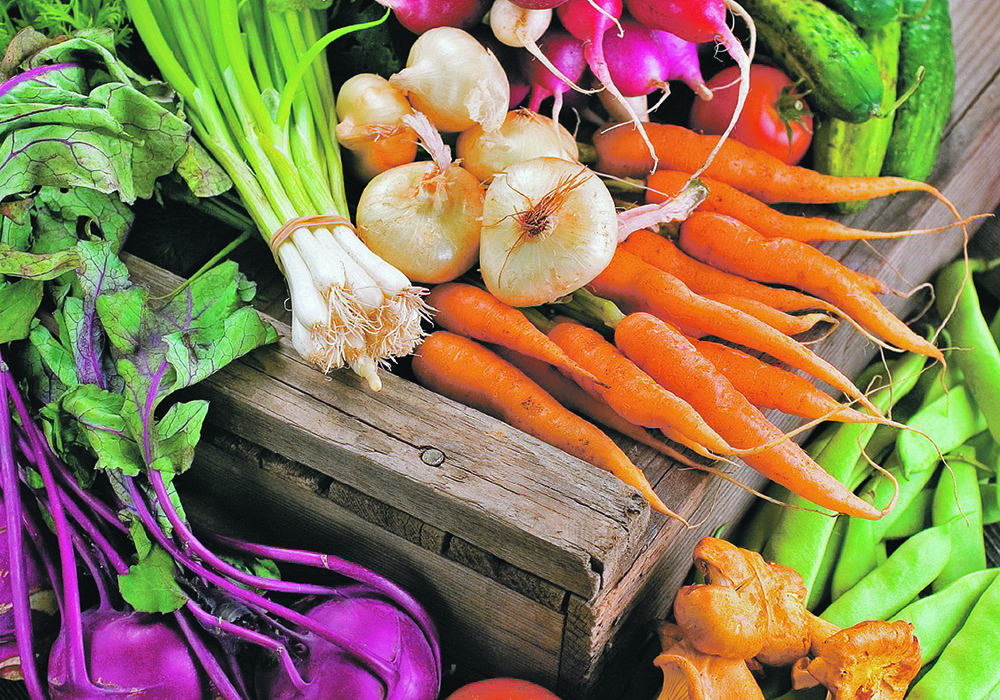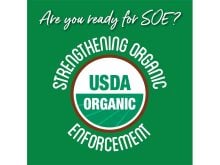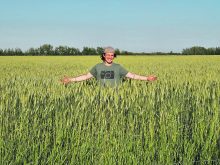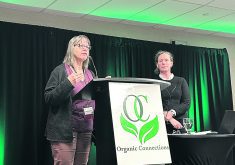SASKATOON — Canada’s three national organic organizations have signed a memorandum of understanding that allows them to work more closely together.
The agreement was signed by the Organic Federation of Canada, Canadian Organic Growers and the Canada Organic Trade Association.
“The MOU is a start, in my mind, towards becoming a single organization,” said Jim Robbins, president of the Organic Federation of Canada.
Read Also

Crop quality looks good this year across Prairies
Crop quality looks real good this year, with the exception of durum.
“I would very much approve of that in the not-too-distant future, just because I think that would enhance our voice.”
He said organic agriculture tends to be shrugged off in Ottawa as a niche market or a brand rather than a unique production system that offers environmental and economic benefits.
“It’s quite clear we’re not having the impact that we need to have with the national government,” said Robbins. “They simply don’t take us seriously.”
He believes this is a good time to create a unified voice because the industry is now lobbying Ottawa to establish a Canadian Organic Act that, among other things, provides a mechanism for the industry to finance itself.
Organic agriculture has modest funding needs, but one big-ticket item is reviewing the Canadian Organic Standards every five years at a cost of about $1 million.
The national organizations must go cap-in-hand to the federal government every time the review occurs. The government eventually coughs up two-thirds to three-quarters of the bill, leaving the remainder to be funded by industry.
The organizations then ask for money from the same companies that are already paying half of any research funded through Ottawa’s science cluster program.
Other commodity groups use producer levies to fund their research and market development initiatives.
“There is nothing similar for organics,” said Robbins. “As a matter of fact, organic growers pay into those commodity associations.”
Existing levy legislation is set up on a single commodity basis, but organics is a multi-commodity industry.
“It just doesn’t work for us,” he said.
One option is a consumer-funded levy assessed on every organic sale that occurs in Canada.
There was $9 billion worth of organic food and beverage sales in Canada in 2023, so the levy could be a fraction of a cent and still generate ample revenue to fund national and provincial initiatives.
“That is something I find very attractive and wouldn’t put an undo burden on farmers,” said Robbins.
Another option is for certification bodies to collect mandatory fees from certified farmers, processors and retailers. Those fees would be submitted to a national organization that would pass a portion to provincial bodies.
The federal government has never been keen about that approach or about any funding mechanism, he said.
That is because legislation requires effort, consultations and hearings, and Ottawa would rather the organic sector figure out how to fund itself on its own, he added.
Robbins said the organic sector would have to consult with a wide variety of commodity groups if it decides to take the producer levy route.
Initial discussions with commodity groups have been positive, he said. They appear willing to forego the levy on organic sales in return for not having to fund organic research and market development.
“I would be hopeful that they would yield on that,” said Robbins.


















